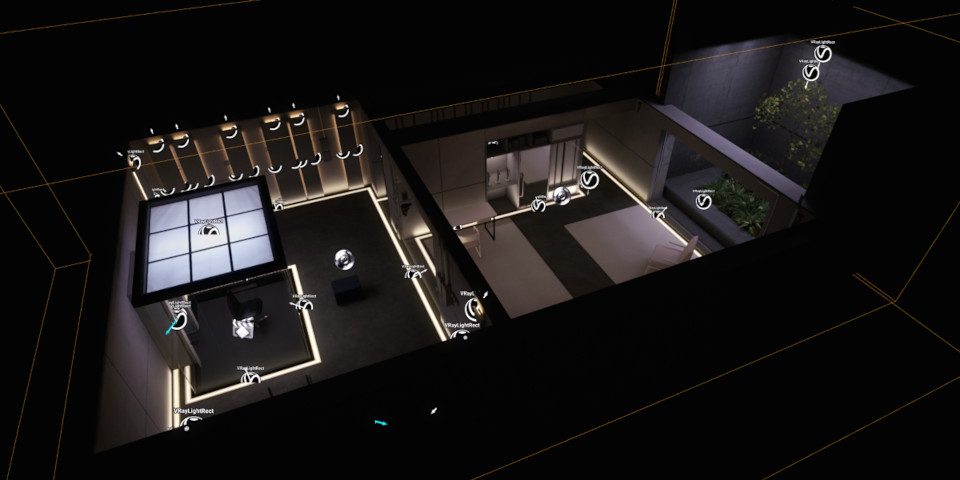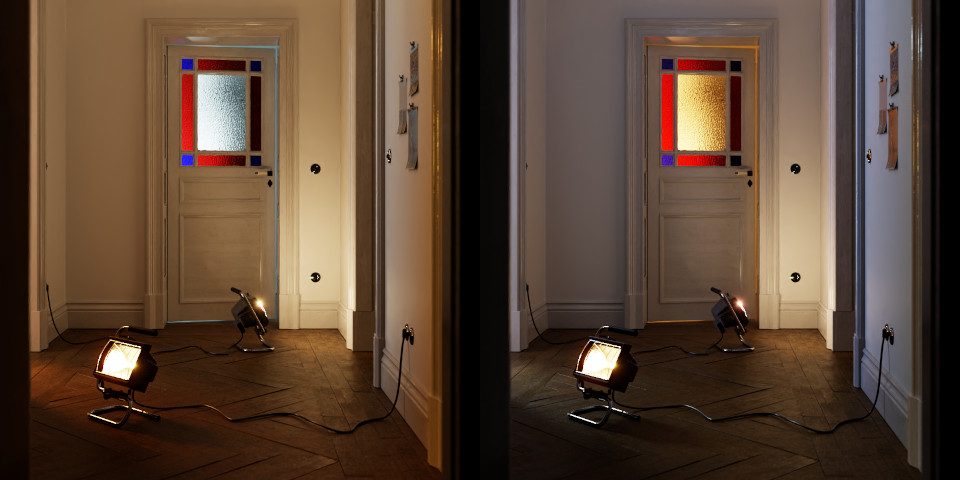Chaos ships V-Ray 5 for Unreal Update 1

Originally posted on 13 August 2021. Scroll down for news of V-Ray 5 for Unreal Update 1.
Chaos has released V-Ray 5 for Unreal, the latest version of its production rendering plugin for importing V-Ray scenes into Unreal Engine.
Workflow inside Unreal Engine has been improved, with the option to customise the settings used when baking lightmaps, to to choose which objects are exported when exporting a scene file back to V-Ray.
The update also adds support for layer-based compositing in the V-Ray Frame Buffer, a new Coat layer for the V-Ray Material, and integrates CPU-based render denoiser Open Image Denoise (OIDN).
Import scenes created in other editions of V-Ray into Unreal Engine to render in real time
Chaos’s answer to Unreal Engine’s native Datasmith toolset, V-Ray for Unreal makes it possible to export scenes created in other versions of V-Ray in Chaos’s .vrscene format, and import them into Unreal Engine.
The process automatically converts V-Ray lights and materials into their real-time equivalents.
User can then either generate a real-time render using the game engine, or make changes to the scene inside the Unreal Editor and propagate them back to V-Ray.
The system is intended to make it possible to create both offline and real-time content with a single unified workflow, particularly for visualisation projects.
You can see which features of V-Ray and Unreal Engine are supported here.
New features from V-Ray 5: compositing in the VFB, updates to VRayMtl and Open Image Denoise
The latest update adds some of the key features added in other editions of V-Ray 5.
That includes the reworked V-Ray Frame Buffer, which makes it possible to do layer-based compositing directly inside the VFB, rather than having to export render passes to an external compositing app.
Other changes include the new Coat layer in the V-Ray Material, for recreating real-world materials like car paint, blue noise sampling, and the integration of Open Image Denoise, Intel’s CPU-based render denoiser.
The update also adds support for out of core rendering, for rendering scenes larger than will fit into GPU memory without the usual performance hit, although it’s currently limited to V-Ray proxy geometry.
Better workflow inside Unreal Engine
Changes specific to V-Ray for Unreal include the option to use custom settings from the V-Ray Settings tab when baking lightmaps in Unreal Engine, rather than using one of the three existing quality presets.
Users also get the option to export only the objects selected when exporting a .vrscene file from Unreal Engine, rather than exporting the entire scene.
In addition, pivot points of objects are now preserved when importing them into Unreal Engine, rather than being moved to the world origin.

Updated 31 January 2022: Chaos has released V-Ray 5 for Unreal Update 1.
The main new features is support for the LightMix Render Element inside the V-Ray Frame Buffer, making it possible to relight a scene without re-rendering, with users able to enable, disable or adjust individual lights.
The update also introduces “initial support” for Unreal Engine skeletal meshes.
Pricing and availability
V-Ray 5 for Unreal Update 1 is compatible with Unreal Engine 4.24 to 4.27. It doesn’t yet upport Unreal Engine 5, currently avaialble in early access.
It can be used with any edition of V-Ray capable of exporting .vrscene files, including 3ds Max and Maya.
The software is available on a rental-only basis, with subscriptions costing $80/month or $219/year.
Read a full list of new features in V-Ray 5 for Unreal on Chaos’s website
